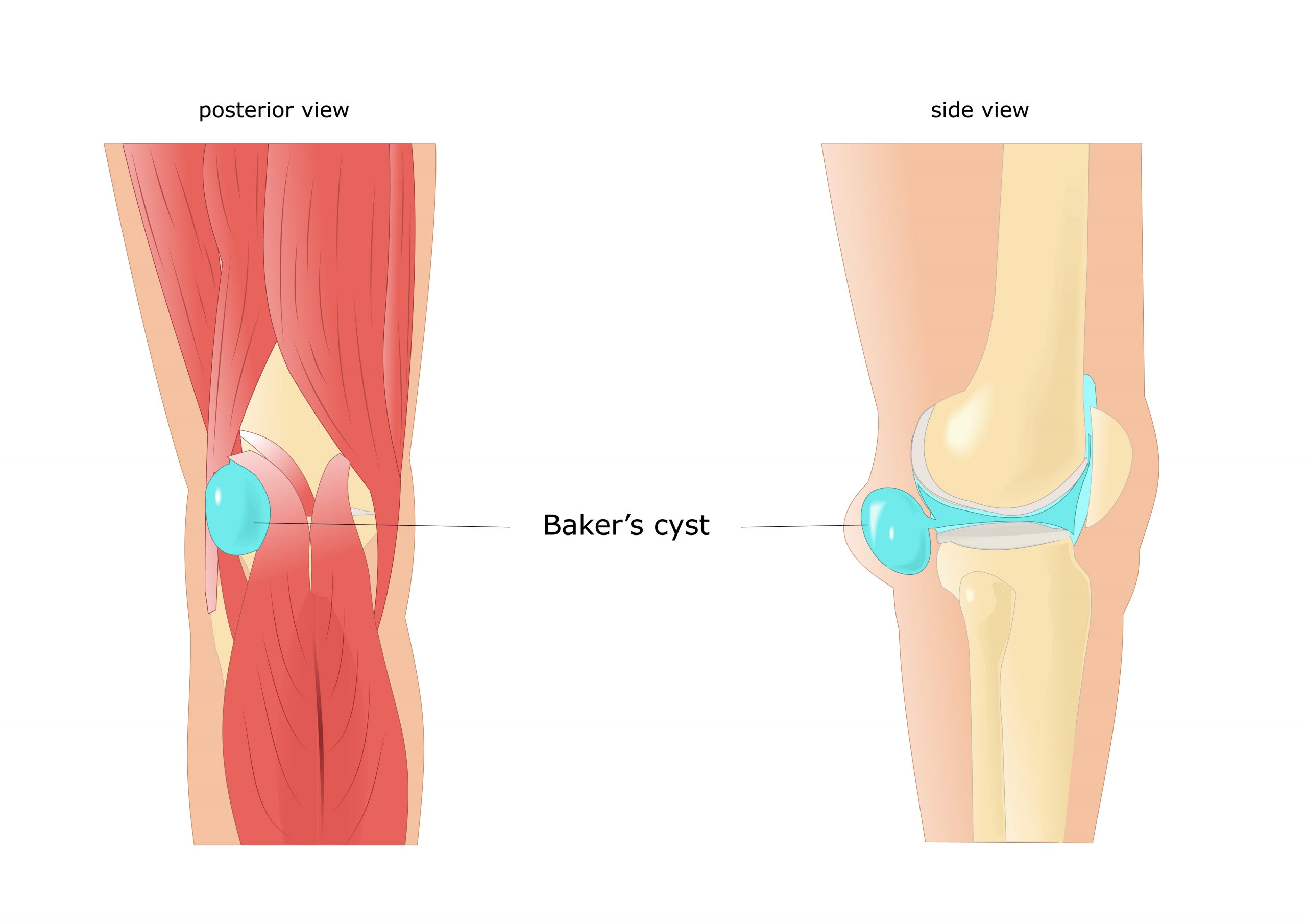
![AdobeStock_89895636-bakers Cyst [Converted]-01](/wp-content/uploads/AdobeStock_89895636-bakers-Cyst-Converted-01-300x212.jpg) Recently, we treated a social runner in his 50’s who was experiencing pain and swelling behind his knee. He couldn’t recall any injury or reason for the pain, but it seemed to be getting worse, especially when he bent or straightened his knee. With a careful examination, history taking, medical imaging and consultation with his GP, he was diagnosed with a Baker’s cyst – and we quickly set to work on helping him feel more comfortable.
Recently, we treated a social runner in his 50’s who was experiencing pain and swelling behind his knee. He couldn’t recall any injury or reason for the pain, but it seemed to be getting worse, especially when he bent or straightened his knee. With a careful examination, history taking, medical imaging and consultation with his GP, he was diagnosed with a Baker’s cyst – and we quickly set to work on helping him feel more comfortable.
Of all the causes of pain around the knee, a Baker’s cyst is one that isn’t talked about very often. Given that it has a growing relationship with knee problems including lesions, meniscus tears and early osteoarthritis, we thought we’d fill you in on Baker’s cysts, how to tell if one may be the cause of your knee pain, and what you can do if that pain and tightness starts behind your knee.
Baker’s Cyst: The Background
A Baker’s cyst, also known as a popliteal cyst, is a swollen bursa at the back of the knee. We have bursae all around our body – they are fluid-filled and cushion-like sacs that sit between bone and tissue. By allowing tissues like tendons to glide smoothly over the bursa instead of rubbing against the bone, bursae help to prevent painful damage.
With the knee taking on large forces during physical activities – especially those that repetitively bend and straighten the knee like running – it’s not surprising that bursae are vulnerable to damage and pain, much like many of the other structures in the knee.
The Symptoms & Causes
When the bursa at the back of the knee is damaged, more fluid is produced, causing the bursa to swell and become inflamed and painful. The result is a noticeable swollen lump that will make it difficult and painful for you to fully straighten or bend your knee. The swollen bursa also puts pressure on the surrounding structures too, causing tenderness, stiffness and even bruising. If the bursa pushes on a nerve, you may start feeling numbness, tingling, pins and needles and other nerve-related sensations.
The cause of the problem may be related to a knee injury, a condition like arthritis, or it may be unclear. When it comes to running, going for long distances when your lower limb biomechanics are less than ideal and hence are putting excess pressure through the knee joint can also irritate the tissues and structures around the knee
Regardless of the cause, it’s likely that you won’t notice it until it gets swollen enough to bulge and affect your movement, which may occur some time after the original cause of the problem. While Baker’s cysts aren’t necessarily dangerous and may resolve on their own over time, there’s also a risk that they may burst and cause further problems. In the meantime, they’ll restrict your movement and can make it difficult for you to do physical activities and perform everyday tasks.
Treating Baker’s Cysts
Treating a Baker’s cyst starts with making sure you have the right diagnosis – which is where your My FootDr podiatry team comes in. After we’re confirmed your cyst and ruled out other causes of pain behind the knee, the goal is to help you feel as comfortable as possible by reducing the swelling in the bursa. Using ice intermittently, elevating your leg, resting and taking non-steroidal anti-inflammatories can help.
Depending on the response and severity of the cyst, we may need to refer you to help drain the fluid or seek further testing. Next, we’ll address any excess pressure on your knee joints and try to minimise and manage this as much as possible. Your footwear, foot posture and foot biomechanics can all add excess pressure on your knee – and are factors we can help you with by recommending the right footwear for your feet and pairing these with custom foot orthotics. Tight or weak muscles may also place unbalanced and troublesome forces on the knee – so it’s important to assess this in your exam too.
Experiencing knee pain but aren’t sure if you should seek help?
Here at My FootDr, we’re big believers that pain does not happen for no reason. Whether you’re a runner or not, pain is our body’s way of letting us know that something is wrong – and we need to listen to it before the problem worsens.
Our team of experienced podiatrists have been helping Australia care for their foot and leg health for over 25x years. Book your appointment online by clicking here or call us on 1800 FOOTDR


